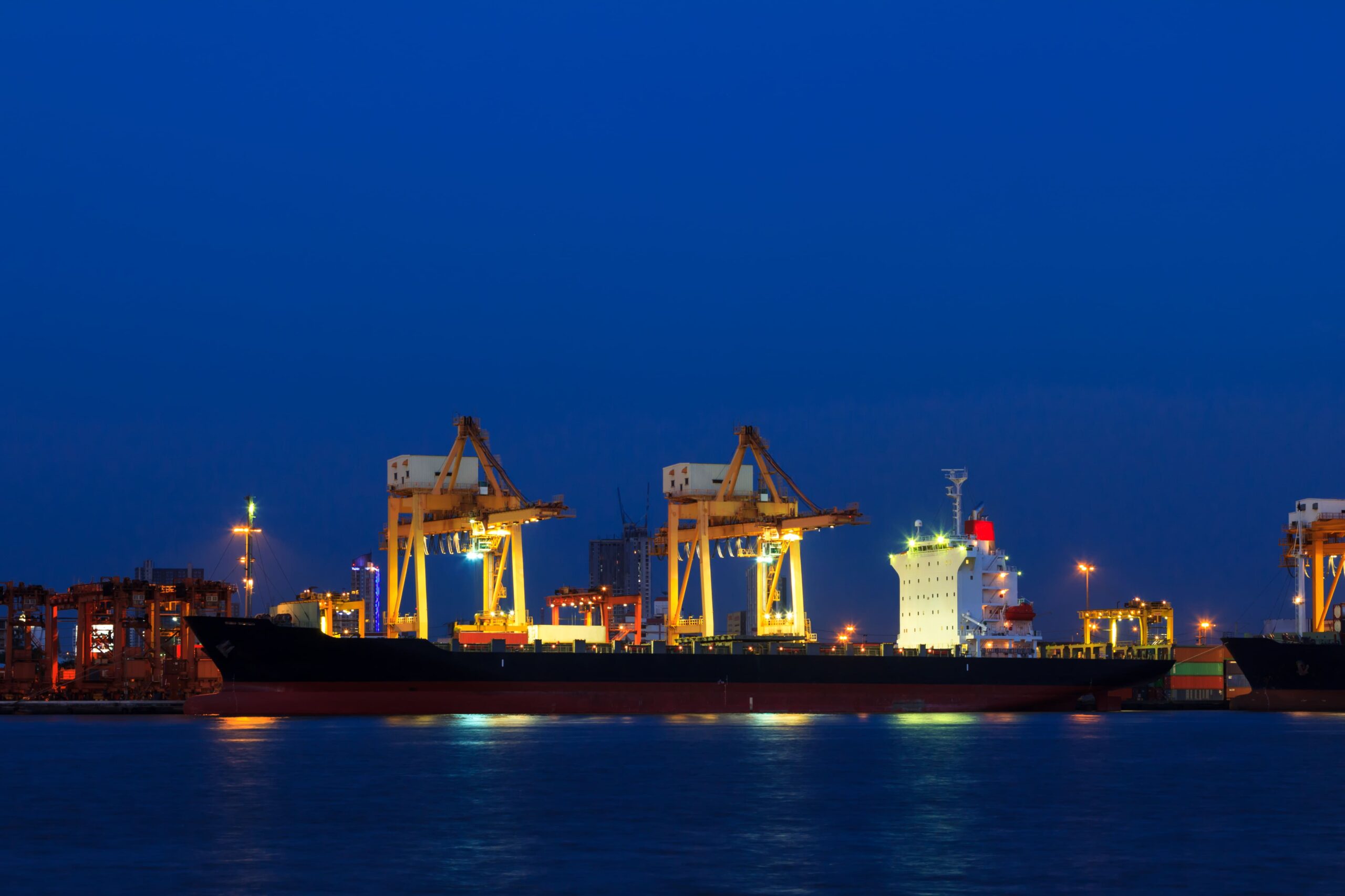
When it comes to moving goods across borders, businesses have two main choices whether sea freight or air cargo. Each option has its strengths, and the right one depends on your needs, budget, and timelines. In this guide, we will explain the difference between sea freight and air cargo Malaysia in simple terms.
At De Hubs, a leading name in sea freight and freight forwarding services, we help Malaysian businesses make smart choices for their shipments. Whether you are dealing with LCL (Less than Container Load) or FCL (Full Container Load), understanding both sea and air options is key.
What Is Sea Freight?
Sea freight is the process of transporting goods by ship. It is one of the oldest and most common methods of international shipping. Goods are packed in containers and loaded onto large cargo ships that travel across oceans.
Benefits of Sea Freight:
- Cost-effective: Especially for large or heavy shipments.
- Suitable for bulk goods: Ideal for businesses moving big volumes.
- Eco-friendly: Produces less CO2 compared to air transport.
What Is Air Cargo Malaysia?
Air cargo is the shipment of goods by air, often using passenger or cargo planes. It is a much faster option but usually costs more.
Benefits of Air Cargo:
- Faster delivery: Good for urgent shipments.
- Reliable schedules: Flights run on time, reducing delays.
- Safe for fragile goods: Less movement than sea freight.
Sea Freight vs Air Cargo Malaysia: The Key Differences
| Feature | Sea Freight | Air Cargo Malaysia |
| Speed | Slower (days to week) | Very fast (1-5 days) |
| Cost | Cheaper | More expensive |
| Volume | Good for large shipments | Limited by weight and space |
| Environment | More eco-friendly | Higher carbon emissions |
| Customs clearance | Takes longer | Usually quicker |
| Suitable for | Heavy, bulk, non-urgent | Light, high-value, urgent |
Understanding LCL and FCL in Sea Freight
When using sea freight, you’ll hear two common terms: LCL and FCL.
LCL (Less than Container Load):
If you don’t have enough goods to fill a full container, your cargo will be grouped with goods from other shippers. You only pay for the space you use.
Best for:
- Small or medium businesses
- Regular but smaller shipments
- Budget-conscious transport
FCL (Full Container Load):
Your goods fill the entire container. You pay for the whole unit even if you don’t fill it up completely.
Best for:
- Large shipments
- Fragile or high-value goods
- Reducing handling risks
Freight Forwarding and Its Role in Shipping
Freight forwarding is the coordination and management of shipping goods from one place to another. Freight forwarders like De Hubs handle all the steps – from booking containers to dealing with customs paperwork.
Why freight forwarding is important:
- Expert guidance on sea or air options
- Help with LCL or FCL decisions
- Customs clearance and legal paperwork
- Insurance and tracking services
With the right freight forwarder, you save time, reduce risk, and ensure your goods arrive safely.
When to Choose Sea Freight
Sea freight is ideal when:
- Your shipment is large or heavy
- Delivery time is flexible
- You want to save on cost
- You’re shipping non-perishable items
- You’re sending products regularly in bulk
Common examples include:
- Machinery
- Furniture
- Building materials
- Clothing in bulk
- Raw materials
When to Choose Air Cargo Malaysia
Air cargo is best when:
- The goods are time-sensitive
- You are shipping small or high-value items
- You need reliable delivery
- You’re sending samples or spare parts
Examples include:
- Electronics
- Medical supplies
- Luxury items
- Urgent parts for manufacturing
Cost Comparison: Sea Freight vs Air Cargo
Sea Freight Costs
- Charged based on container size (FCL) or cubic metres (LCL)
- Lower fuel cost
- Port and handling charges apply
Air Cargo Costs
- Charged based on weight and volume
- Airport fees are usually higher
- More fuel and handling surcharges
In most cases, sea freight is up to 5 times cheaper than air freight, making it the preferred choice for budget-friendly shipping.
Delivery Time: Sea Freight vs Air Cargo
Sea Freight
- Regional: 3–7 days
- Asia to Europe: 25–40 days
- Asia to USA: 20–30 days
Air Cargo
- Regional: 1–2 days
- International: 2–5 days
If you need your goods urgently, air cargo is the obvious choice. But if you can wait, sea freight saves money.
Customs Clearance: Sea Freight vs Air Cargo
Sea Freight:
- May take longer due to port congestion
- Requires detailed documentation
- Sometimes involves inspections
Air Cargo:
- Usually faster due to airport efficiency
- Simpler customs process for smaller loads
A trusted freight forwarder like De Hubs can help you navigate customs smoothly for both options.
Risks Involved
Sea Freight Risks:
- Delays from weather or port issues
- Risk of damage if not packed well
- Longer exposure time in transit
Air Cargo Risks:
- Expensive in case of lost goods
- Limited space might delay some cargo
- Strict packaging requirements
With the right insurance and freight forwarding partner, you can manage these risks well.
Choosing Between LCL, FCL, and Air Cargo
| Shipment Type | Best Option |
| Small boxes | Air Cargo or LCL |
| Palletised goods | LCL or FCL |
| Heavy machinery | FCL |
| Urgent documents | Air Cargo |
| Low-budget items | Sea Freight (LCL) |
Conclusion
Understanding the difference between sea freight and air cargo Malaysia helps you make smarter shipping decisions. Sea freight is cost-friendly and perfect for bulk shipments, especially when using LCL or FCL options. Air cargo is ideal for speed and smaller loads.
No matter which you choose, having the right freight forwarding partner makes all the difference. De Hubs is here to support your business with reliable logistics solutions tailored to your needs.
Find more about:
